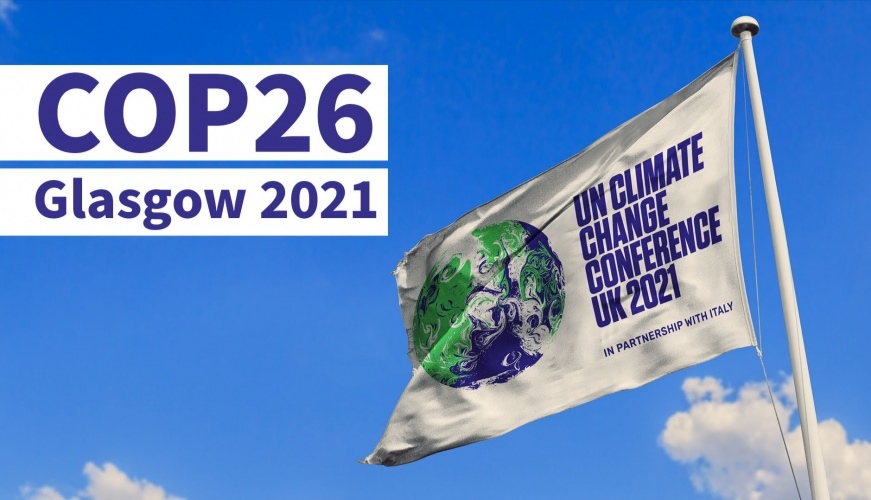Samsung Galaxy A50s price has been dropped in india
- 02-05-2020
- News

The 26th United Nations Climate Change Conference, referred as Conference of Parties or COP26, held at the SEC Centre in Glasgow, Scotland, United Kingdom from 31st October to 13th November. On 13th November 2021, the participating 197 countries agreed a new deal, known as the Glasgow Climate Pact.
What was special in this COP26?
What has India pledged in Glasgow?
On 1st November, PM Modi has announced the target of net zero emissions by 2070 for India at the Glasgow summit. Also PM has announced the five-point climate pledge or ‘Panchamrit’.
Net zero emissions actually mean that the amount of carbon being emitted by all sources should be equal to the amount of carbon being sequestered through forests and oceans etc. Bhutan and Surinam have already achieved the net zero emissions target.
Why India had not announced its target yet?
US, UK, EU have pledged to achieve net zero emissions by 2050 but by then, US will release 92 Giga Tonnes and EU 62 GT of carbon into the atmosphere. China and Saudi Arabia have set targets of 2060, but by then, China will be emitting 450 Giga Tonnes carbon by then.
All the carbon that is already circulating in the atmosphere and all that which will be emitted by fossil fuels by then cannot be sequestered because there are not enough jungles or lands to absorb so much carbon emissions.
Hence, India held that the current pathway to reducing emissions and access to climate finance was more important. This is the reason why India never announced net zero targets.
Under the Paris agreement, countries that submitted carbon cutting plans under the 2015 treaty were to provide updates five years later, by the end of 2020. India is the only major economy to not announce any target. Although, India had committed to cut the intensity of emissions of its GDP by 33% to 35% by 2030 from 2005 levels, it had not announced net zero target.
As per the data of 2018, the CO2 emissions of China, USA and India are 10 billion tones, 5.41 billion and 2.65 billion tones respectively. Also per capita emission in India is 1.7 metric ton and on the other hand, USA has 16.5 metric tonnes. So India has very small per capita emission as compared to other developed nations. Our population is 17% of the world but our emissions are only 5% of the world. We are still developing and we need to emit carbon to develop ourselves.
What is India’s ‘Panchamitra’?
The net-zero commitment by 2070 commitment was supported with four near term targets (to be achieved by 2030)-
Also PM Modi supported the demand of Africa Group for a new financial target of $1 trillion for developed nations for climate finance. Developed nations had previously announced to fund the climate finance of 100 billion USD in 2009.
Can India achieve this target?
India’s renewable energy capacity is fourth in the world with 25% increase in the renewable energy capacity in the last four years. India’s railway system has promised to reach net zero by 2030. This alone will reduce 60 million tones of emissions.
India has also launched institutional solutions at the global level like ISA and CDRI. India, Australia and UK altogether will launch the IRIS initiative (Infrastructure for Resilient Island States) to help small island countries. India’s ISRO will give them an early warning weather monitoring system to prepare themselves from upcoming disasters. India will also launch the Global Grids initiative. So, India can achieve its target easily.